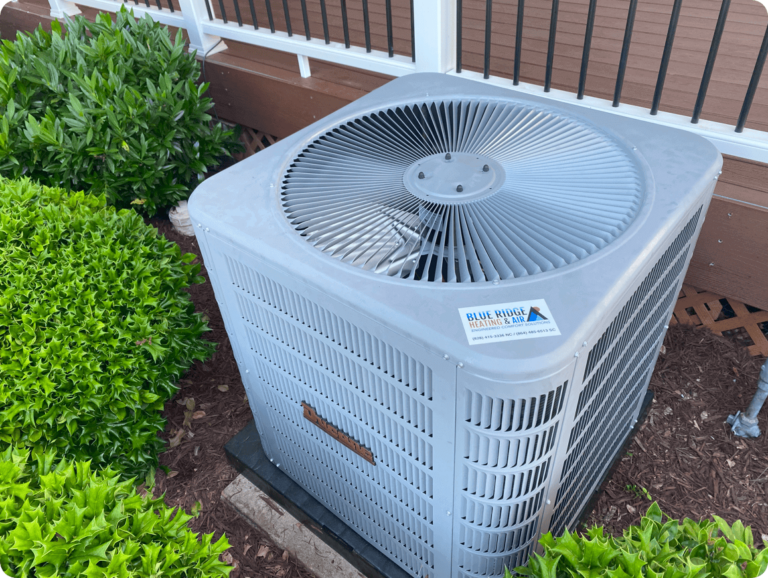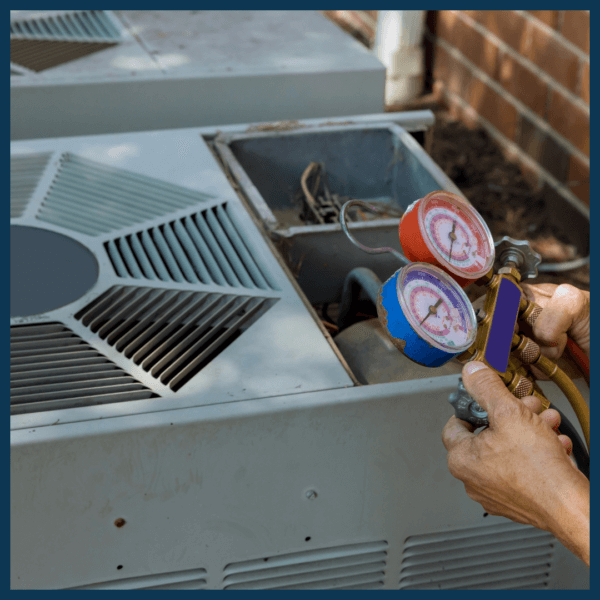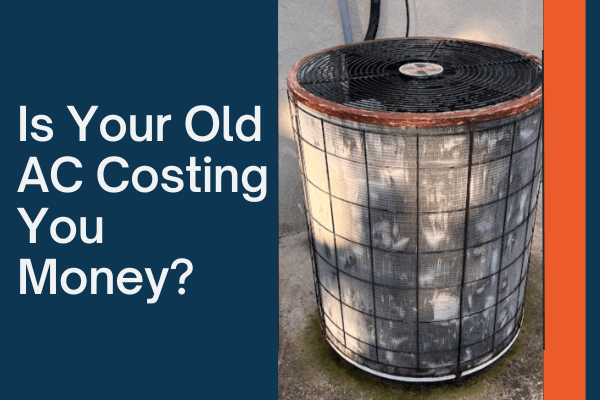Hello everyone. I hope you all are enjoying this wonderful mild spring weather we are having. During this time of year, it gives us the opportunity to focus more on the other issues in homes that we have seen other than just hot and cold problems. Some of these issues we have seen are signs of moisture, dust, and dirt. All of these problems can impact the quality of your home’s indoor air.
We all have been in homes that have those dark dust patches or lines on the painted ceilings around the air vents. Or maybe even an excessing about of dust build-up on the vents themselves. If this is something that you see in your home, what have you done about it?
 Have you tried all the tricks – HEPA vacuum cleaners, air cleaners, taking your shoes off before coming in the house, ……… all to no avail? Have you tried cleaning the vents and the ceiling for the dust to just come right back soon after? Maybe even you have gone as far as removing the vents during your home remodel and cleaning or replacing them while repainting the ceiling. Once again the dust returned. Maybe you have even paid a company a lot of money to clean your ductwork, thinking it would fix the problem, but it didn’t. I understand, that this is very frustrating.
Have you tried all the tricks – HEPA vacuum cleaners, air cleaners, taking your shoes off before coming in the house, ……… all to no avail? Have you tried cleaning the vents and the ceiling for the dust to just come right back soon after? Maybe even you have gone as far as removing the vents during your home remodel and cleaning or replacing them while repainting the ceiling. Once again the dust returned. Maybe you have even paid a company a lot of money to clean your ductwork, thinking it would fix the problem, but it didn’t. I understand, that this is very frustrating.
I have often found myself as a technician in homes having this conversation with homeowners that are having this same problem. The same frustration! These signs of unclean indoor air in your home can also be accompanied by small particulates floating in the air. Do you ever see the “dust cloud” in your home when those beautiful rays of the sunshine beam through that large window? You may ask, how do I clean the airborne dust? How can I keep the dust particles in check? How does the dust return so fast on surfaces after cleaning? The first and probably the most important question is, Where is the dust coming from and how is it getting in? We have to get to the root cause of the problem before we can treat the current symptoms and even prevent future issues. Seems to be a pretty basic idea right? Far too many times mixing up the indications with the problem and never correcting the main problem is presented as the “solution”. This can be costly and very ineffective. So here at Blue Ridge Heating & Air, we strive to provide engineered comfort solutions to our customers. This means that we use our experience and expertise to calculate the most positive assured outcome for the most logical means for each of our clients.
So let us answer that important question! Where is it coming from and by what means is it being introduced inside my home?
First, we find that a major infiltration point in the home is improperly sealed ductwork terminations. This just means that hiding behind that air vent grill there are gaps between the metal air boot and the building material. i.e. sheetrock walls/ceilings and wood sub-floors. These terminations are most of the time found in the ceiling for upstairs ducted HVAC systems and in the floors or bottom of the walls for downstairs systems.

The above picture shows numerous cracks around the air boot that are causing attic dust on the ceiling.
When there are open cracks around your air boots and your HVAC system turns on, almost all of the conditioned air passes through the air grill into the inside of your home. Yes, I said almost. There is still a minor amount of turbulent air that bounces off of the air grill creating a convection-like effect inside of the air boot. This is what causes a draft to be pulled through the open crack around your air boot. That draft is pulled from your hot, dusty, dirty attic or your damp, humid, dirty crawlspace. This causes a multitude of problems like added humidity, dirty indoor air, and excessive load on the HVAC system. This problem can easily be remedied by sealing around the air boots in the ceiling, floor, or walls.
Secondly, we have leaking ductwork inside these unconditioned spaces like below and above our conditioned spaces. These leaks can often hide behind insulation on the ductwork. It may appear as if there are no issues from the outside, but there can be major leaks on the inside. Not only does this allow for conditioned air to leak out but unfiltered and unconditioned air to get in. It can even allow exposed fibers from insulation to get into the home.

In the picture above you can see the hole in the soft ductwork that is allowing crawlspace air and pink fiberglass insulation to infiltrate the supply air stream going into the home.
Signs of these problems being present can be but are not limited:
- Excessive dust in the home.
- Sweating ductwork under the home and sweating air vents in the home.
- Cool temps. in the crawlspace during hot days/ Warm crawlspaces during cold days.
- Elevated humidity levels inside the home.
- Excessive run times of HVAC equipment.
- Family Colds/ Allergies issues who live inside the home.
- Inconsistent temperatures throughout your home.
- Signs of rodents or small wildlife around the home.
- Excessive return air filter build-up.
- Increasing energy bills.
So in conclusion, our HVAC ductwork system can have major positive or negative effects on our comfort and our health and wellness. So, do you know where your dust is coming from? If not give us a call and we would be happy to come out and investigate how and where your home is being impacted.
-Kris Justice



